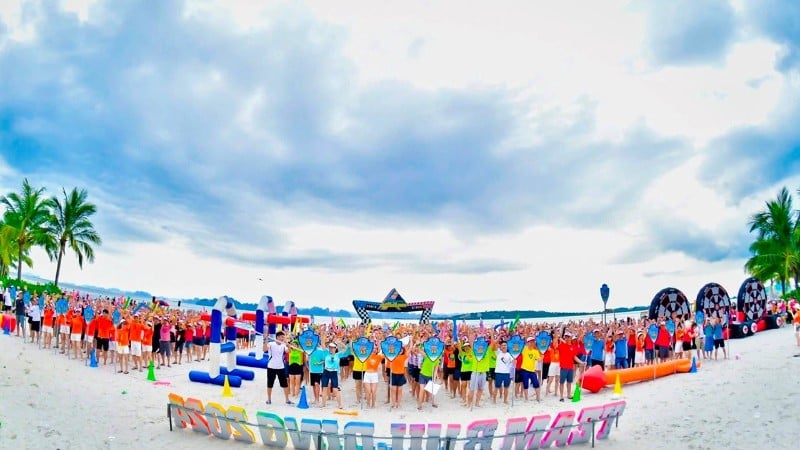
Creating a different experience
The MICE industry is becoming one of the fastest growing segments of the tourism economy. Data from the Center for the Promotion of Imports in Developing Countries (CBI) under the Ministry of Foreign Affairs of the Netherlands shows that the global MICE industry is valued at about 915 billion USD in 2024 and is expected to exceed 1,700 billion USD by 2032. Many countries consider MICE as a "golden goose" because this type of industry targets the segment of customers traveling in large groups and using high-quality services.
Chairman of the Vietnam Tourism Association Vu The Binh commented: MICE participants are not simply tourists, but also influential representatives in the industry and society, bringing professional connection value, while helping destinations enhance their reputation, promote culture, cuisine and local people to the world . This makes MICE an important driving force in tourism development, contributing to increasing investment attraction and raising the national status.
According to research by The Outbox Company - a company specializing in market research and data analysis in the field of hotels and tourism, technology and local heritage values are becoming prominent development trends of MICE tourism. Up to 30.4% of international business travelers choose to experience culture in their MICE Vietnam travel itinerary, while nearly 40% combine sightseeing, 37.8% prioritize culinary experiences, 38.3% like to explore local nightlife...
This shows that, not stopping at the success of the event, MICE tourists today also want to find connections with local culture, thereby deepening their experiences. This is also the basis for many experts to believe that heritage is an invaluable material to bring attraction and uniqueness to MICE tourism in Vietnam, technology is the means for heritage stories to touch the hearts of tourists.
According to Dr. Trinh Le Anh, Head of the Department of Event Management, Faculty of Tourism, University of Social Sciences and Humanities (Vietnam National University, Hanoi), Vice President of the Vietnam MICE Tourism Association, MICE delegates today are no longer satisfied with standard conference halls. They want the event to be a journey of discovery, leaving a deep emotional impression. This is the time when cultural heritage changes from the role of "additional attractions" to become a central factor, a "strategic asset" to create competitive differentiation. Meanwhile, technology is becoming an indispensable part of the MICE experience. A report by Allied Market Research predicts that the AR/VR technology market in events is expected to grow 25% per year, allowing heritages to be revived, historical stories to be recreated right before the eyes of attendees, while helping to improve the efficiency of event management and organization.
“Thus, heritage and technology are no longer two parallel lines. This combination creates a new playing field, where the value of a MICE destination is not only measured by square meters of the convention center, but by the depth of unique cultural experiences supported by technology,” Mr. Le Anh emphasized.
Increase brand competitiveness
Possessing a rich system of tangible and intangible cultural heritage, many of which have been recognized by UNESCO, along with about 8,000 festivals, more than 2,000 craft villages and villages with crafts nationwide, in addition to a young workforce that is sensitive to technological advances, Vietnam has all the advantages to turn heritage and technology into a driving force for MICE tourism growth.
In recent years, many travel agencies have pioneered the exploitation of MICE products integrated with the exploration of heritage spaces in Trang An, Phong Nha-Ke Bang, Ha Long Bay, etc. Instead of the usual form of team-building, many businesses take their employees to experience traditional craft villages to promote teamwork spirit. Or taking advantage of the strength of technology, some companies have successfully exploited interactive game programs, such as "The Amazing Race Hoi An", turning the ancient space of heritage into an attractive playground for tourists. These can be considered inspirational suggestions to make a mark for MICE tourism with the unlimited potential of heritage and technology.
Director of The Outbox Company Dang Manh Phuoc said: Tourists today tend to choose destinations based on brands. Therefore, it is time for Vietnamese MICE tourism to build a clear brand so that international tourists can easily recognize it. Vietnam has strengths in service infrastructure and heritage resources, so it is necessary to develop a set of typical MICE products with local colors to diversify tourists' experiences and improve competitiveness with destinations in the region. In addition, in the digital age, it is necessary to form a data system that measures the needs and behaviors of tourists, thereby creating a reliable basis for assessing market size and planning effective MICE development strategies.
In reality, the journey of connecting MICE with heritage and technology experiences is only truly profound when the implementers know how to introduce and transform values in a lively and attractive way. Therefore, along with the ability to organize events, MICE people also need to be equipped with knowledge of indigenous culture to grasp the spirit of heritage, as well as have an understanding of technology to apply to content creation, helping the event become more attractive and interesting.
Deputy General Director of Dat Viet Tour Do Van Thuc said: Compared to countries in the region such as Thailand and Singapore, Vietnam has an advantage in service costs, but there is still a lack of synchronization and connection between the elements that make up MICE, such as transportation, accommodation, food and beverage, venue, etc., leading to the inability to create truly competitive products. Besides Hanoi and Ho Chi Minh City, most localities still lack enough space to organize large-scale events. These are bottlenecks that need to be overcome to increase the competitive advantage of Vietnam's MICE tourism, combined with promoting communication about the strengths of MICE tourism to attract large international groups.
Ms. Tran Nguyen, Deputy General Director of Sun Group's Entertainment and Resort Division, gave an example of Ban May in Fansipan - where the houses of ethnic minorities in the highlands were painstakingly brought back from the villages in Sa Pa, where people actually live, cook, weave, etc.; or the case of the water puppet show combined with advanced technology effects brought to Phu Quoc, helping tourists gain authentic experiences of the colors of Vietnamese culture. These are the marks that create competitive advantages for the destination.
Ms. Nguyen hopes that with the large investment in a series of projects in Phu Quoc serving APEC 2027, the Pearl Island will soon become a new symbol of Vietnam's MICE tourism, contributing to establishing Vietnam's MICE position on the world MICE map.
Source: https://nhandan.vn/di-san-va-cong-nghe-chap-canh-cho-du-lich-post918822.html


![[Photo] Draft documents of the 14th Party Congress reach people at the Commune Cultural Post Offices](https://vphoto.vietnam.vn/thumb/1200x675/vietnam/resource/IMAGE/2025/10/28/1761642182616_du-thao-tai-tinh-hung-yen-4070-5235-jpg.webp)
![[Photo] Flooding on the right side of the gate, entrance to Hue Citadel](https://vphoto.vietnam.vn/thumb/1200x675/vietnam/resource/IMAGE/2025/10/28/1761660788143_ndo_br_gen-h-z7165069467254-74c71c36d0cb396744b678cec80552f0-2-jpg.webp)

![[Photo] National Assembly Chairman Tran Thanh Man received a delegation of the Social Democratic Party of Germany](https://vphoto.vietnam.vn/thumb/1200x675/vietnam/resource/IMAGE/2025/10/28/1761652150406_ndo_br_cover-3345-jpg.webp)


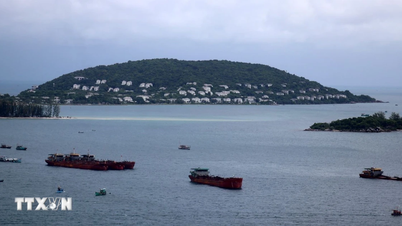

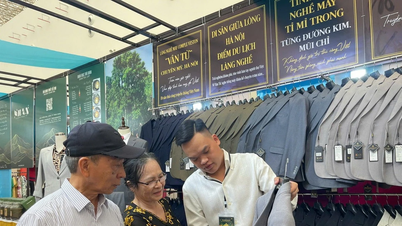
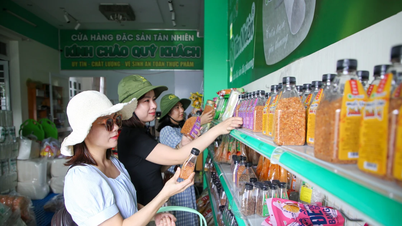
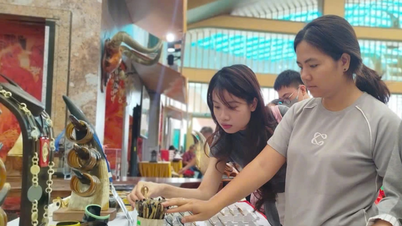
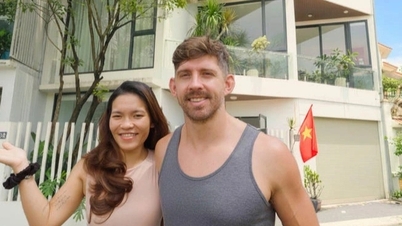

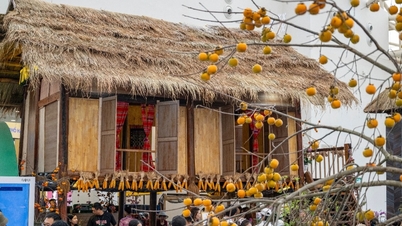




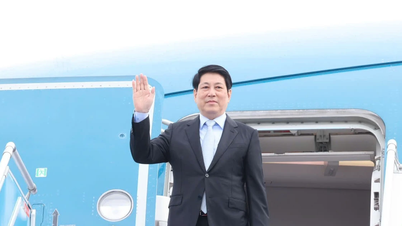
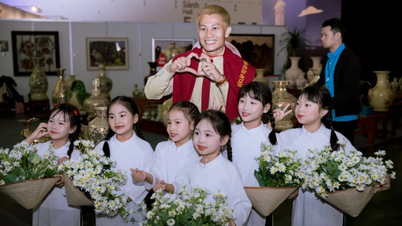
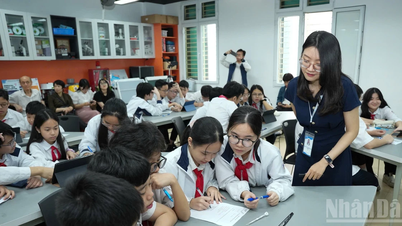
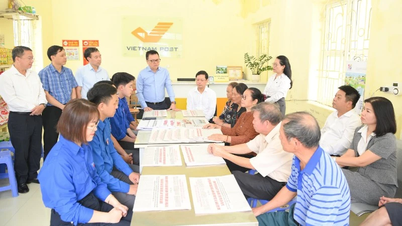
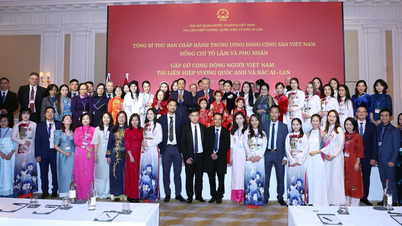


![[Photo] President Luong Cuong attends the 80th Anniversary of the Traditional Day of the Armed Forces of Military Region 3](https://vphoto.vietnam.vn/thumb/1200x675/vietnam/resource/IMAGE/2025/10/28/1761635584312_ndo_br_1-jpg.webp)














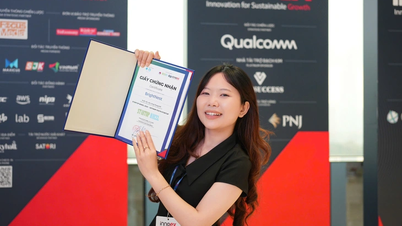
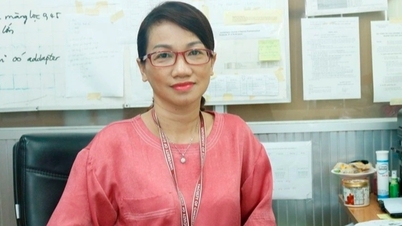



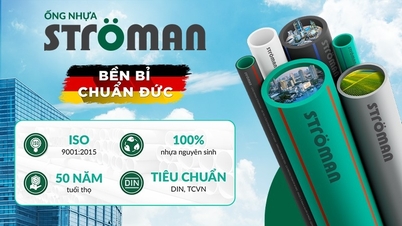

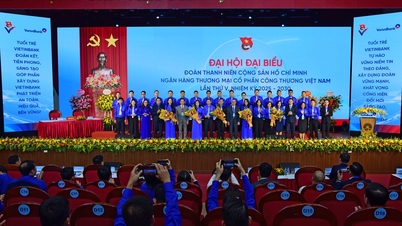
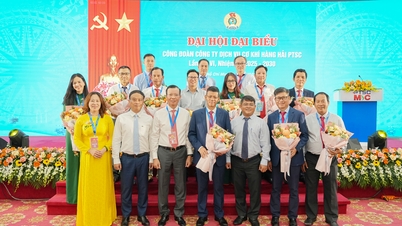
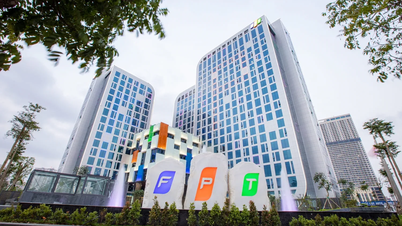
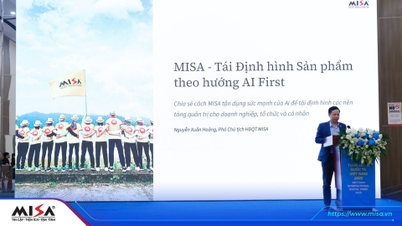







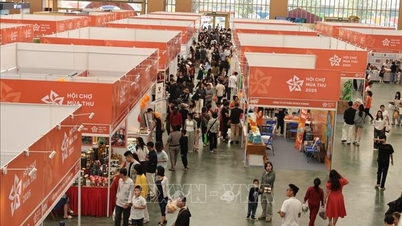

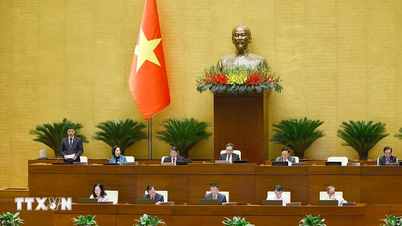
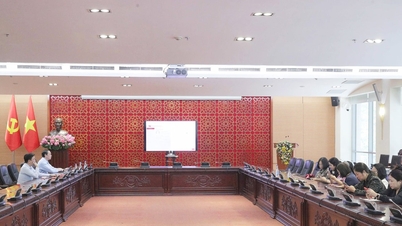

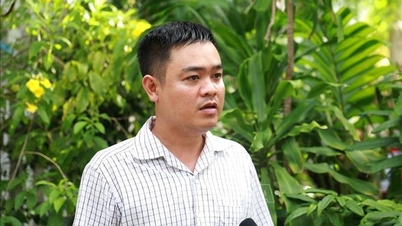
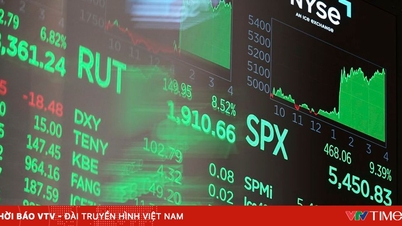

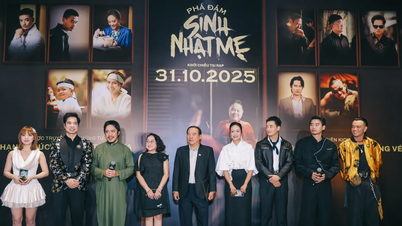

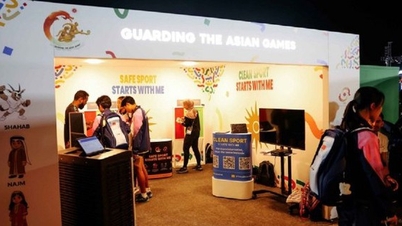

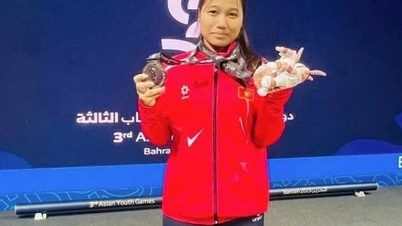
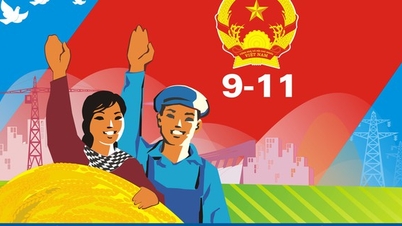
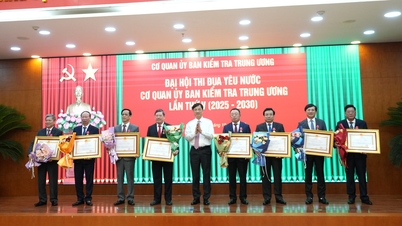

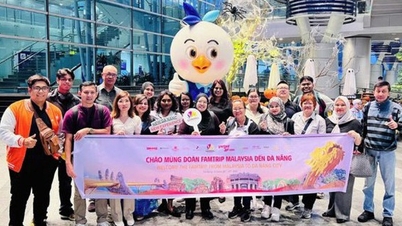
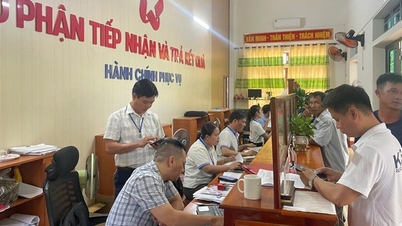

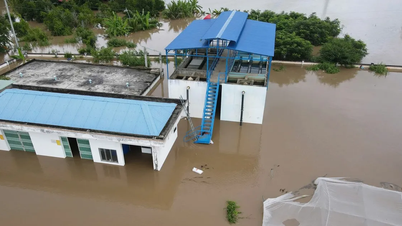


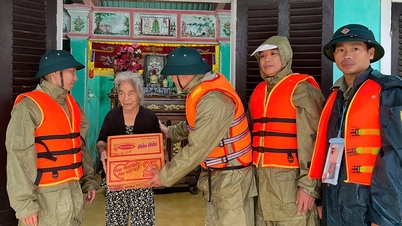

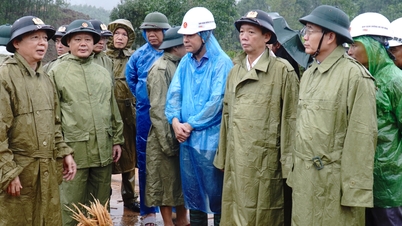
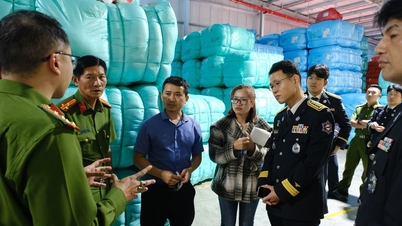

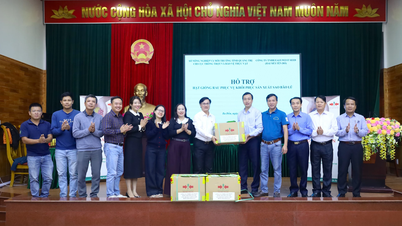












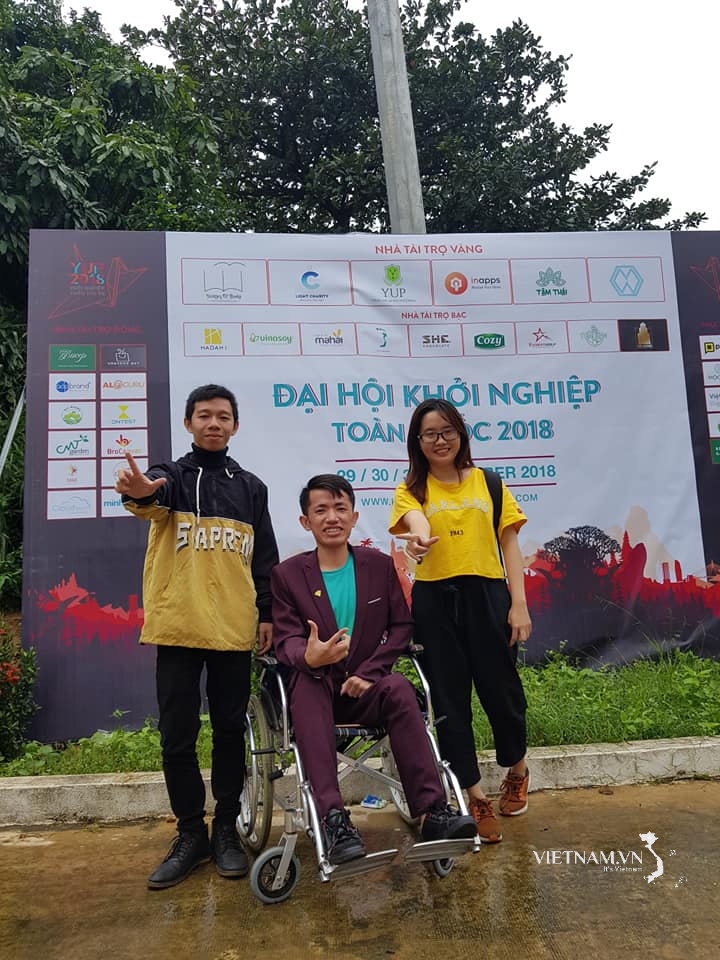



Comment (0)